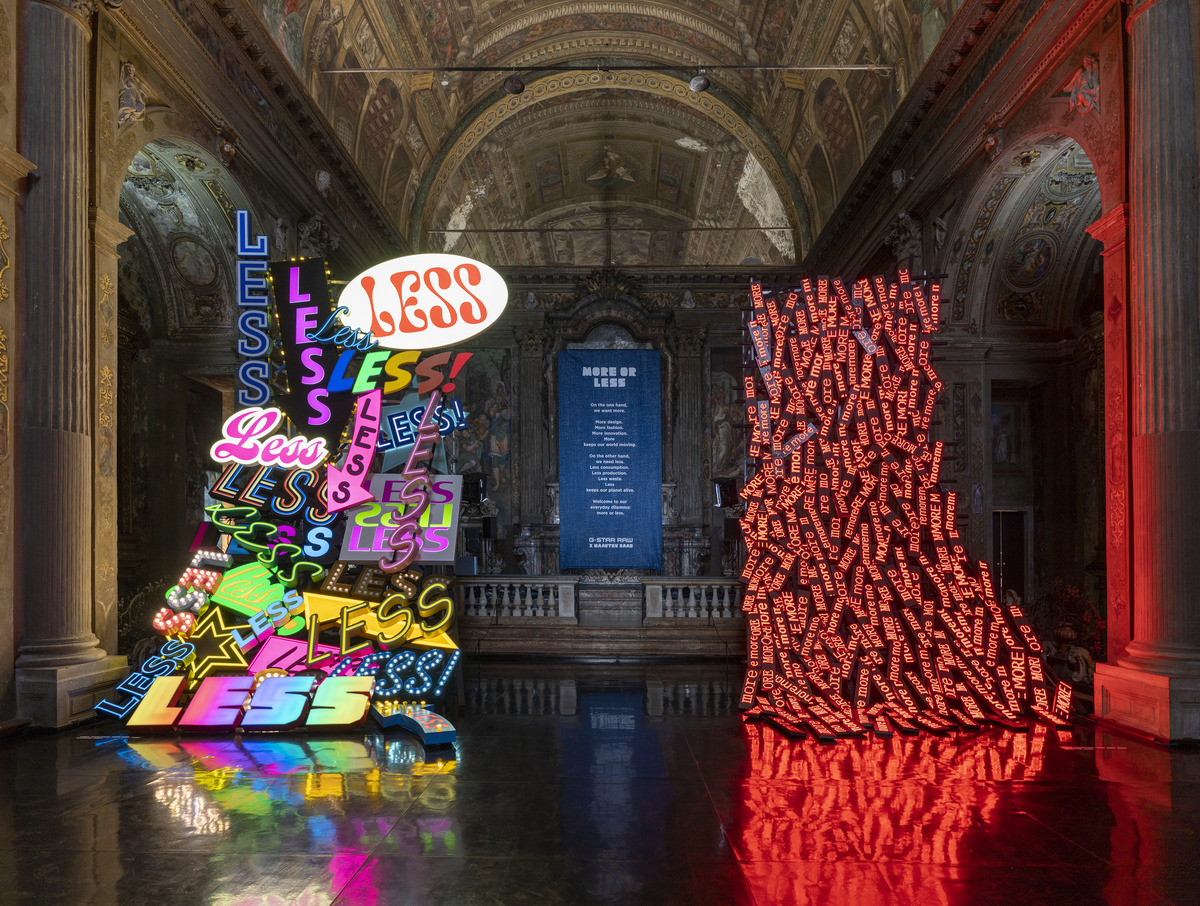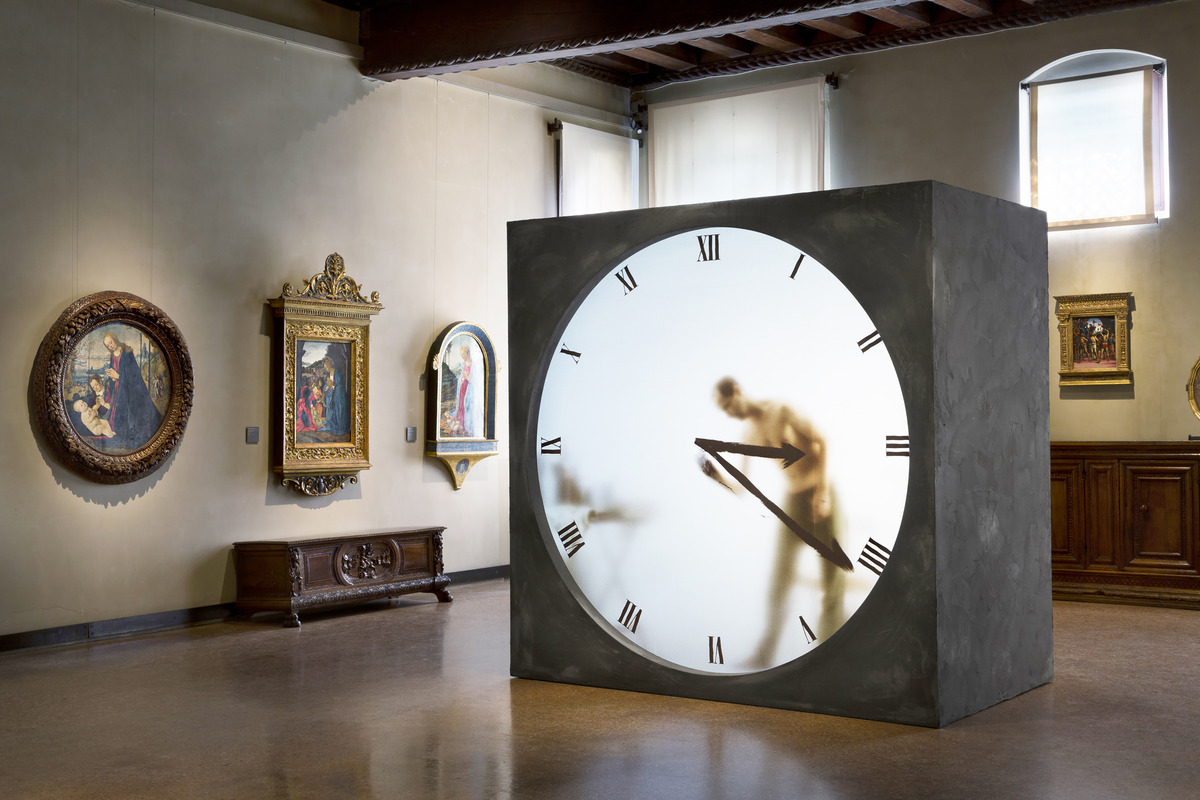
Maarten Baas (born February 19, 1978) is a Dutch designer renowned for his innovative and boundary-breaking approach to art and design. Born in Arnsberg, Germany, in 1978, he relocated to the Netherlands in 1979 and grew up there. He embarked on his design journey after graduating from high school in 1996 when he began his studies at the prestigious Design Academy Eindhoven.
Baas quickly made a mark in the world of design, even while still a student. During his time at the Design Academy Eindhoven, he designed the candleholder Knuckle, which was put into production. In 2000, he furthered his studies with a stint at the Politecnico of Milan, broadening his design horizons.
In June 2002, Maarten Baas graduated from the Design Academy Eindhoven, leaving an indelible mark with two groundbreaking designs. The first was a series of charred furniture known as the Smoke series, which redefined conventional notions of beauty and value in design. Baas used a signature technique of applying a blowtorch to second-hand Baroque-style pieces and cheap Ikea furniture, transforming them into charred and unconventional masterpieces. This innovative approach garnered him recognition and set the stage for his future success.
Baas’s second design during his graduation project was an ingenious sundial that displayed the hours in shadow, showcasing his versatility and creativity in design.
Following his graduation, Baas’s work gained further acclaim. Several of his Smoke works were reproduced by Marcel Wanders’ international design company MOOOI, marking their entry into mass production. His unconventional approach to design, which celebrated the beauty of imperfection and wear, was embraced by museums, critics, collectors, and the design-informed public. His Smoke collection found its place in the permanent collections of prestigious museums like the Victoria & Albert Museum and the Groninger Museum.
In 2004, Maarten Baas made his debut in the United States with a solo exhibition titled “Where There’s Smoke…” at Moss in New York. This exhibition featured extraordinary unique pieces, each meticulously burned with a blowtorch and sealed with translucent epoxy resin. Baas’s audacious act of burning iconic designs by Gaudi, Eames, Rietveld, Sottsass, and others showcased his fearless and boundary-pushing approach to design.
Baas’s collaboration with Bas den Herder in 2005 marked a significant milestone in his career. They founded studio Baas & den Herder, enabling the production of Baas’s unique pieces on a larger scale while maintaining a commitment to handcrafted quality. This collaboration allowed Baas to take on ambitious projects and commissions from around the world.
Maarten Baas’s work continued to evolve, introducing new collections like Sculpt (2007), Clay (2006), Real Time, and Haphazard Harmony, each pushing the boundaries of form, materials, and processes. His pieces, known for their handmade craftsmanship and uniqueness, were sought after by collectors, museums, and prestigious brands.
In 2010, Baas ventured into the digital realm by launching an iPhone application based on his Real Time Analog Digital Clock, further blurring the lines between theater, art, film, and design.
His artistic journey was marked by unpredictability and a refusal to conform to established design norms. Baas’s designs may appear unconventional and even childlike at first glance, but they carry deeper meanings, allowing viewers to appreciate their creation process and the unique character they embody.
Baas’s commitment to design extended beyond aesthetics. In 2009, he created The Empty Chair, a symbol of hope and protest against the suppression of writers, journalists, artists, and activists. This piece, made of pigmented clay, paid tribute to Nobel Peace Prize-winner Liu Xiaobo.
Throughout his career, Maarten Baas remained at the forefront of contemporary design, continually surprising audiences with his innovative concepts and challenging the boundaries of design. His work, characterized by its fusion of craftsmanship, creativity, and artistry, has left an indelible mark on the world of design.
His art can be seen in many prestigious private and major museum collections, including MoMA in New York, the Victoria & Albert Museum in London, Les Arts Décoratifs in Paris, the San Francisco MoMA, and the Rijksmuseum in Amsterdam. Additionally, he has collaborated with renowned brands such as Louis Vuitton, Swarovski, Hermès, Dior, Isabelle Marant, KLM and Schiphol Airport, Dom Ruinart, and Berluti.
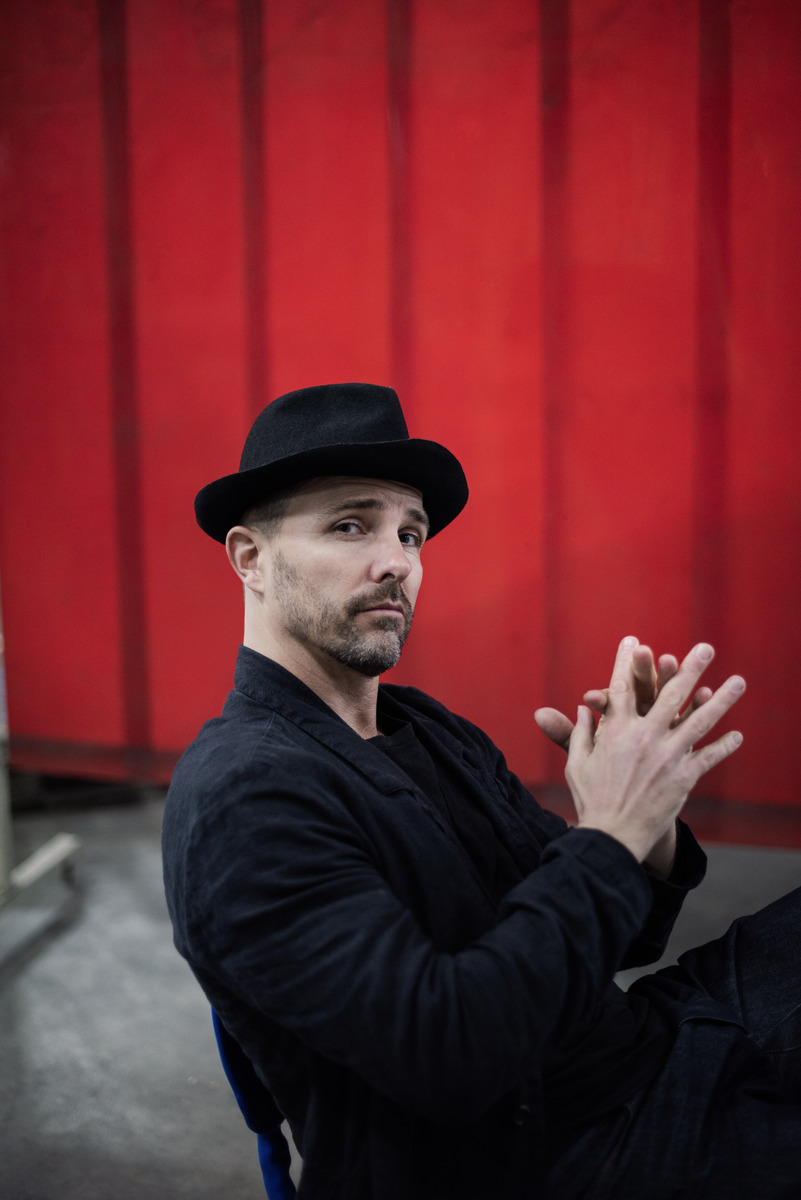
An Interview with Maarten Baas
By Carol Real
What inspired you to merge art and design in your artwork?
I consider myself more of an artist who expresses ideas, and these ideas happen to manifest in functional objects. While some artists use paint or photography, I use functionality as my medium of self-expression. Although I increasingly create non-functional pieces, my design background motivates my exploration. I often view functionality as an integral part of the artistic message. Consider the Real Time clock—it may not be the most efficient way to tell time, but it creates a unique artistic experience. It syncs with the actual time on your watch, adding to its artistic strength. The same applies to my clay pieces; despite their fragile and clumsy appearance, the fact that the drawer functions smoothly and you can sit on the chair makes them valuable.
How do you personally experience time in your creative process?
The creative process is a very irrational and non-linear journey, much like time itself. Despite attempts to depict it linearly as a progression from A to B, measured in equal segments like hours and minutes, our experience is complex. Time feels fast, slow, repetitive, and, especially within a creative process, you may find yourself revisiting the past. Sometimes, it’s necessary to revisit decisions that didn’t yield the desired outcome and redo certain steps more effectively. The creative process is even more chaotic; ideas can emerge from anywhere, including the subconscious, with delays between inspiration and application. Time pressure or simple actions can induce creativity, but recognizing incubation time is crucial. Time resembles more of a roller coaster or a labyrinth than a clock or a calendar.
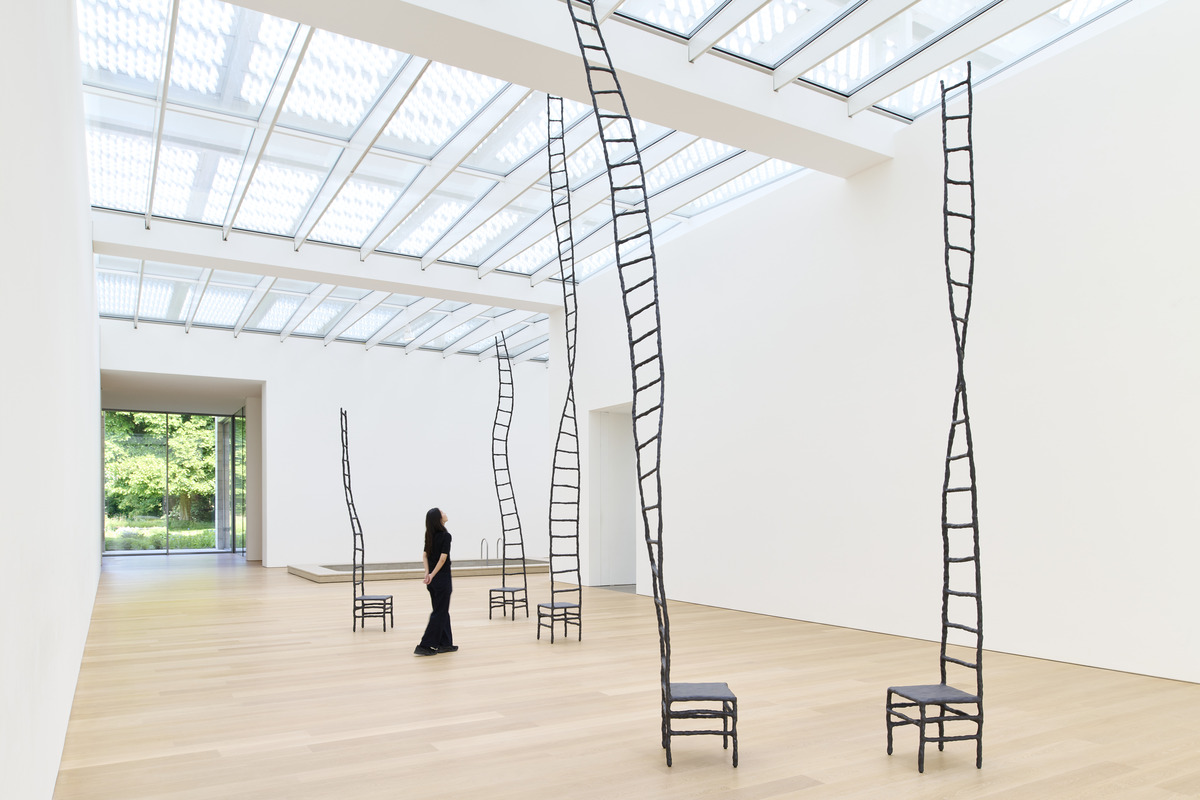
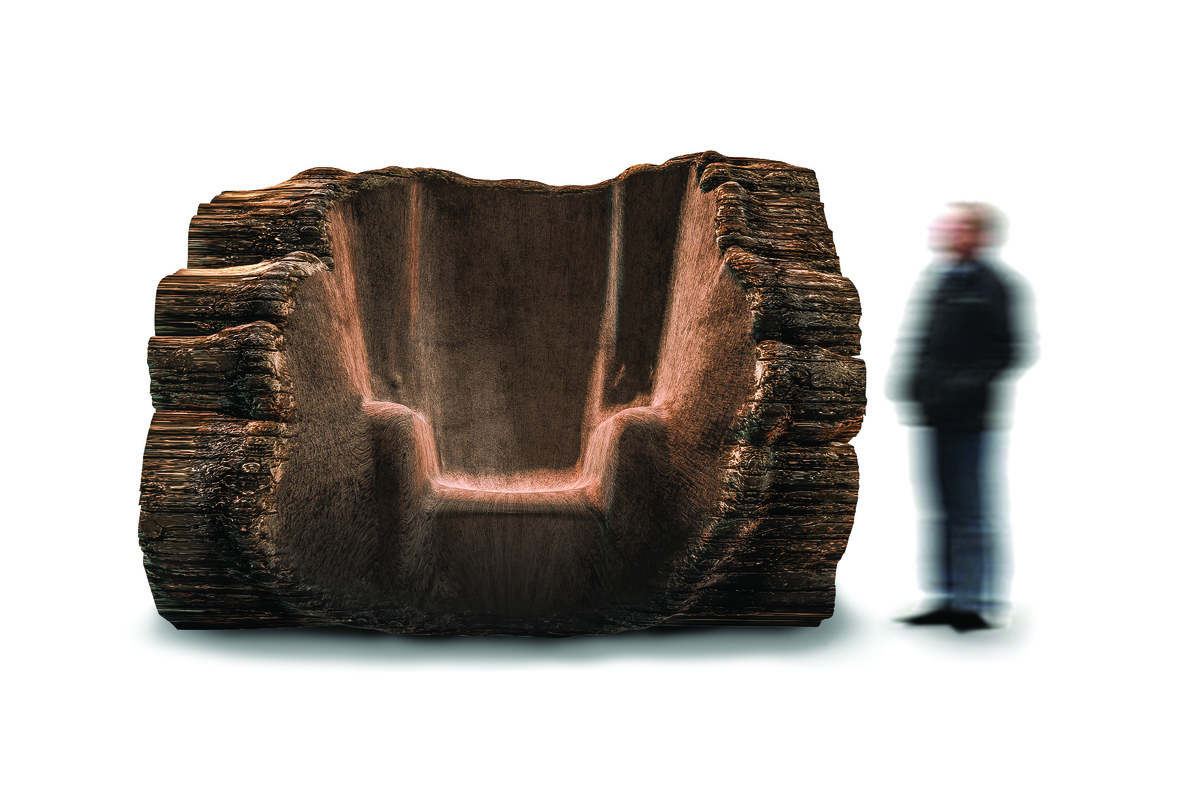
In your opinion, how does the artistic exploration of time contribute to a deeper understanding of our existence?
I appreciate the deliberate slowness in my “Real Time” series. In recent decades, or perhaps over a century, there’s been a push for speed in our lives, even when things naturally take time. For example, the Treetrunk Chair project involves a negative mold of a chair slowly growing into a tree, taking 200 years to complete. While working on this project, I gained a clear perspective on the relativity of time. Why worry about the next hour when there’s an eternity before and after that moment? The process of creating the tree trunk chair felt like “zooming out” and gaining a broader view of the “map of time.”
How do you perceive the relationship between chaos and order in your work?
I appreciate certain boundaries in most of my work, which is one reason I initially chose design as a path. There are inherent restrictions that one must adhere to. Similarly, the balance between chaos and order appeals to me. While incorporating chaos, irregularity, and imperfections, I also value the presence of boundaries, professionalism, and well-finished details. Without chaos, things become dull and impersonal, but without restrictions, the work can appear unruly and careless.
Could you provide more details on the social critique in your Sweeper’s Clock, specifically regarding labor and time?
One of my early creations, Sweeper’s Clock, represents the circular motion of time and the continuous act of sweeping, which can simultaneously evoke feelings of peace and comfort as well as boredom and sadness. The act of cleaning, particularly dusting–symbolic of the passage of time–is a never-ending task. This work was inspired by Dutch artist Teun Hocks. When I was a student, I asked him about his motivations as an artist and his response was quite thought-provoking: “Well, a man has to have something to do.” This statement was both demoralizing and motivating for me.

What message does your artwork Analog Digital Clock convey about our digital age by blending analog and digital elements?
The suggestion of precision in digital clocks fascinates me. It implies that humanity has a clear understanding of time, which isn’t necessarily true. Therefore, I reintroduced the human element into the concept of digital time, making it less accurate. Human perception ultimately shapes our understanding of time.
What do you intend for viewers to glean from your “Clay” series, which emphasizes the fluidity of time?
The “Clay” series consists of seemingly childish and clumsy pieces. However, they possess the functionality and strength that only an adult with technical skills could achieve. This series aims to bridge the gap between the spontaneity and open-mindedness of childhood and the acquired skills of adulthood. It reflects on the passage of time and how it transforms us.
Your “Where There’s Smoke…” series challenges our perception of time and creation. What was the inspiration for this series?
Each piece in the “Where There’s Smoke…” series is iconic and firmly embedded in people’s minds. These symbols are anchors in our perception of the world. By burning them, I seek to question these anchors. It’s a slightly uncomfortable process but also liberating as it challenges long-held beliefs and dogmas.
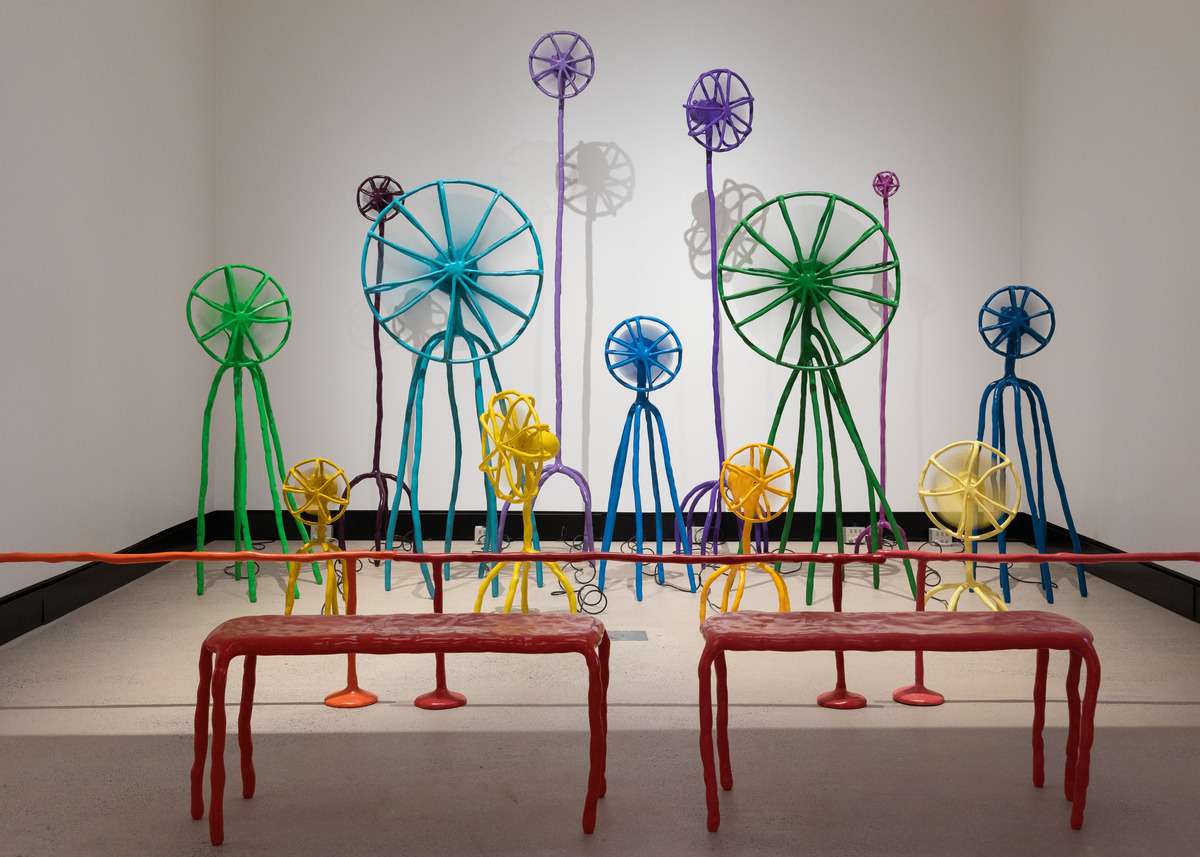
How does your art comment on the transitory nature of contemporary culture and society?
My work often responds to current events. The series “Smoke” was created after 9/11 as a symbol of a new beginning. The series “Real Time” was a moment of reflection following the 2008 financial crash. More recently, I crafted a private jet out of recycled materials to explore the tensions between consumption and the environmental agenda that pervades today. The installation I think therefore I was features thousands of people saying “I think…” in a cacophony of videos sourced from YouTube. It’s a commentary on the age of social media, where everyone has a platform and audience. I enjoy challenging people’s assumptions and being a part of the ongoing societal discourse.
How do you navigate the boundary between functional design and conceptual art?
I see no strict boundary between functional design and conceptual art, exploring various mediums and approaches based on the situation, context, and my creative vision. Whether through video, performance, theater, sculpture, photography, design, or a combination, I use whatever disciplines are necessary.
